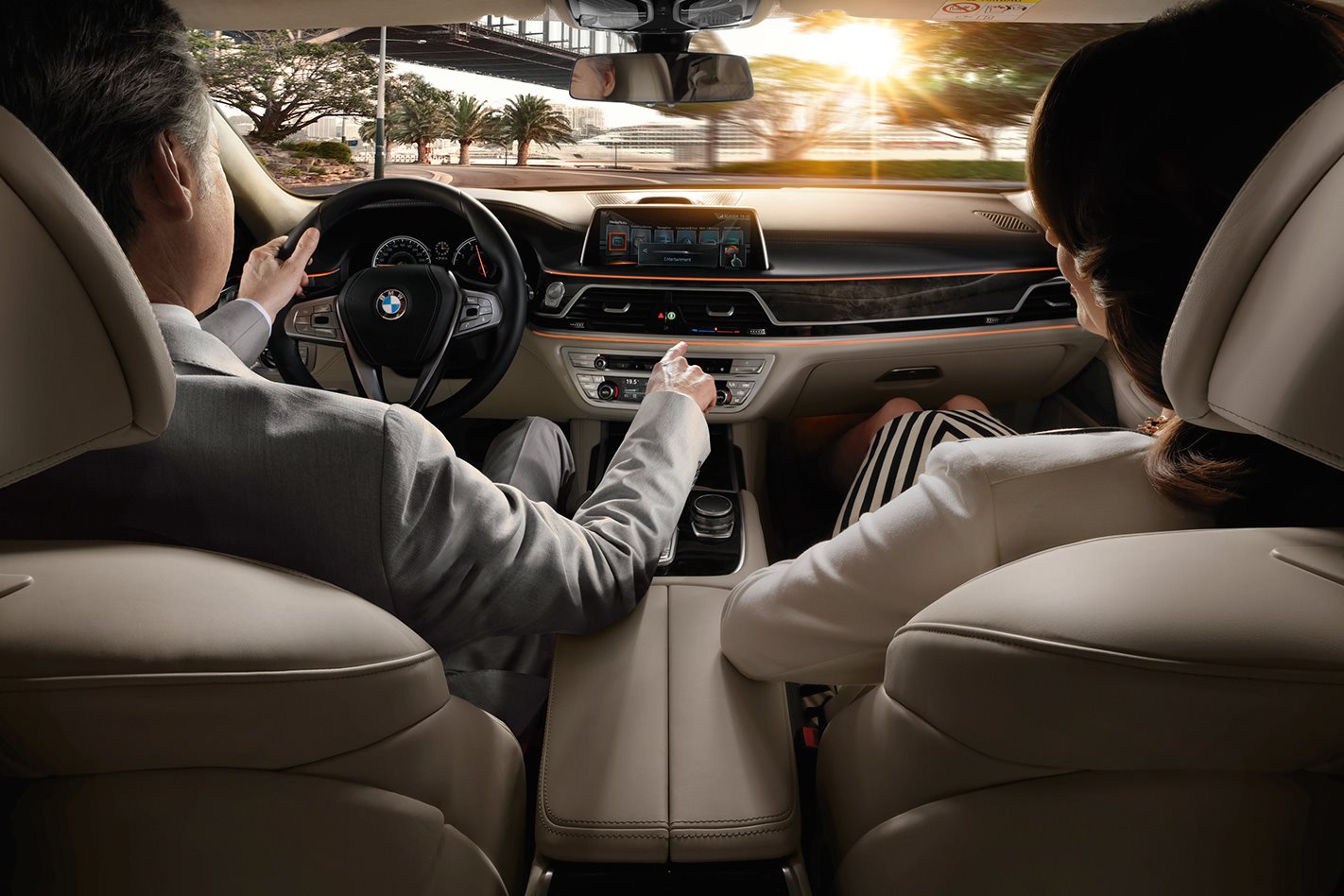WHEN it comes to envisioning the future of cars and driving, popular works of fiction often set a scene where emission-less vehicles hover around utopian cities without instructions from their occupants and in perfect unison with all other vehicles.
Many car makers insist that completely autonomous vehicles will one day be a reality and sustainable energy power sources will be the death of combustion power, but there are some exciting technologies that you are more likely to see in the not so distant future.
Augmented reality
With head-up displays proliferating many of today’s vehicles, the next evolution in the technology is likely to be augmented reality. While a HUD project images in the driver’s field of view using the windscreen (or a small transparent panel) as the screen, augmented imaging will interact with the objects that the driver sees out the windscreen in real-time.
Instead of route instructions being relayed via a separate screen that’s away from the driver’s view, augmented reality will impose direction arrows and other route info onto the driver’s view of the actual road surface. When tied into vehicle-to-vehicle communication systems, the display could even warn the driver of danger by highlighting parts of the road ahead in red, for example.
At night, hazards that are hard to see can be enhanced and imposed over the actual object for perfect low-light vision.
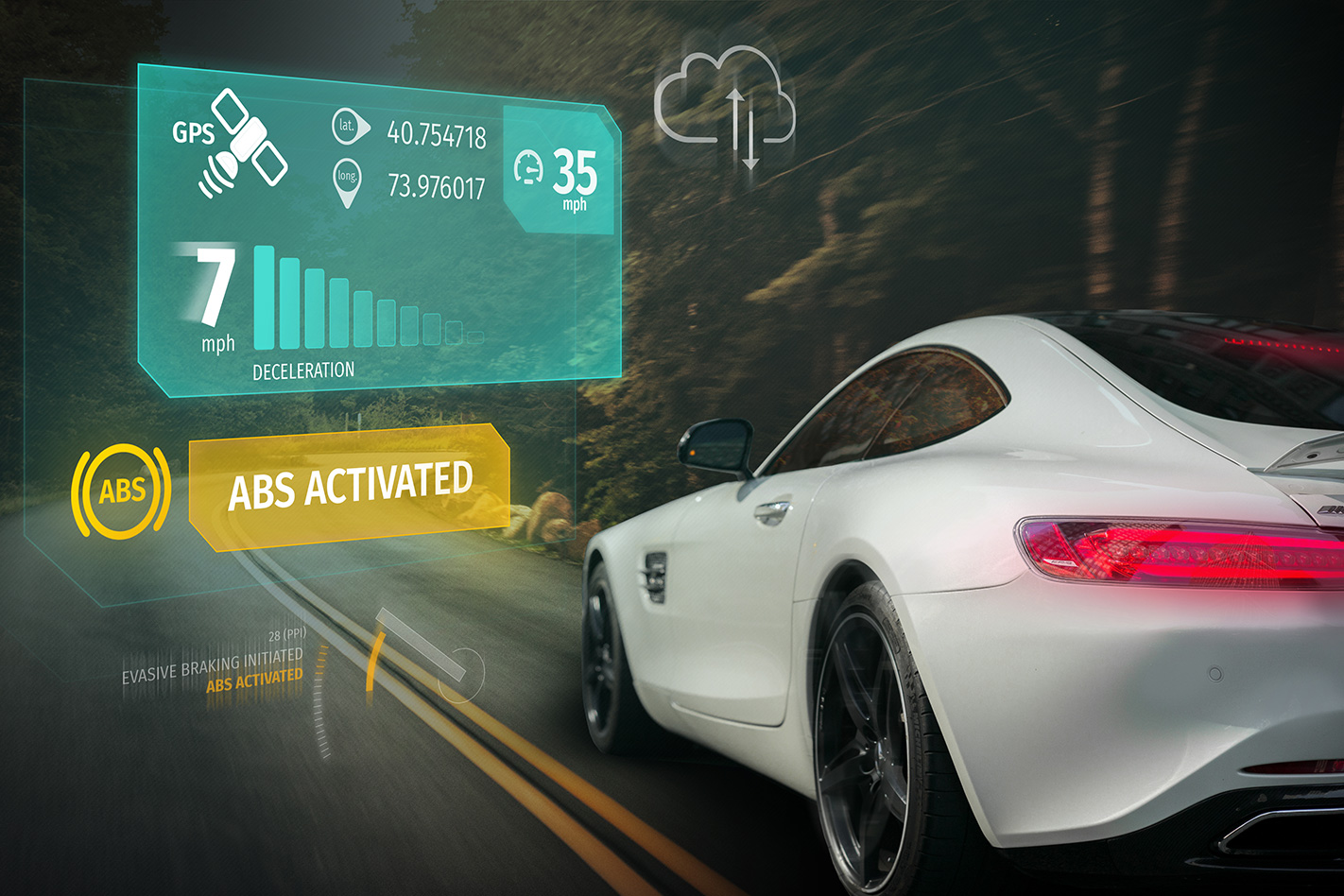
While companies including BMW and Volkswagen are already offering basic gesture control in their cars, the technology is set to become more effective and diverse.
At the moment, the systems require relatively large hand and arm movements for recognition, but as the sensors and software that run them become more sophisticated, operating a wider range of features using more subtle gestures will be possible.
An advanced version could even combine augmented reality with a large virtual screen projected onto interior surfaces.
V2X communication
Many of the world’s mainstream car makers are developing short-range radio systems that will allow vehicles to communicate with one another and share important information regarding their surroundings, but beyond vehicle-to-vehicle (V2V), the communication network will roll out to traffic signals, signs, and even buildings.
So-called V2X (vehicle-to-everything) communication will broaden the network in which vehicles can communicate with, as information regarding weather, traffic, and hazards can be relayed across the various hubs.
Early development of the systems will offer the driver information via a screen or audible messages, but ultimately, autonomous cars will use the vital information to constantly review and update a programmed drive route without the occupant’s knowledge.
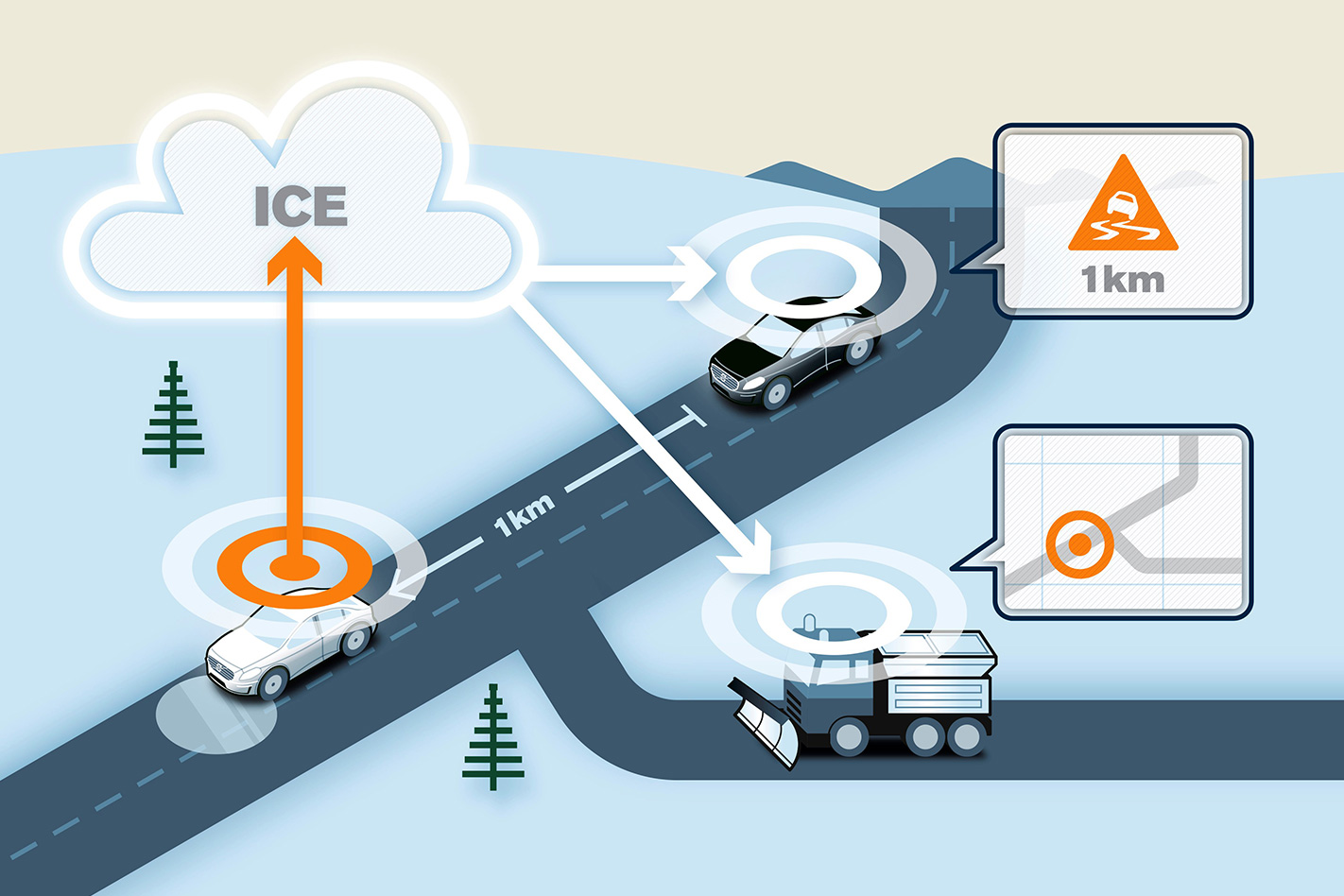
It’s hard to imagine a time when vehicles will require fewer screens as the demand for larger in-car displays increase with current trends, but the rise in popularity of personal devices could mean that passengers prefer their own familiar screen in favour of a built-in on-board monitor.
With current road safety rules, the driver is likely to still require their own vehicle screen which could take the form of Audi’s Virtual Cockpit, which favours the driver’s view, but advances in connectivity and in-vehicle internet will allow occupants to access all the traditional information and entertainment features via a personal tablet, phone or wearable device.
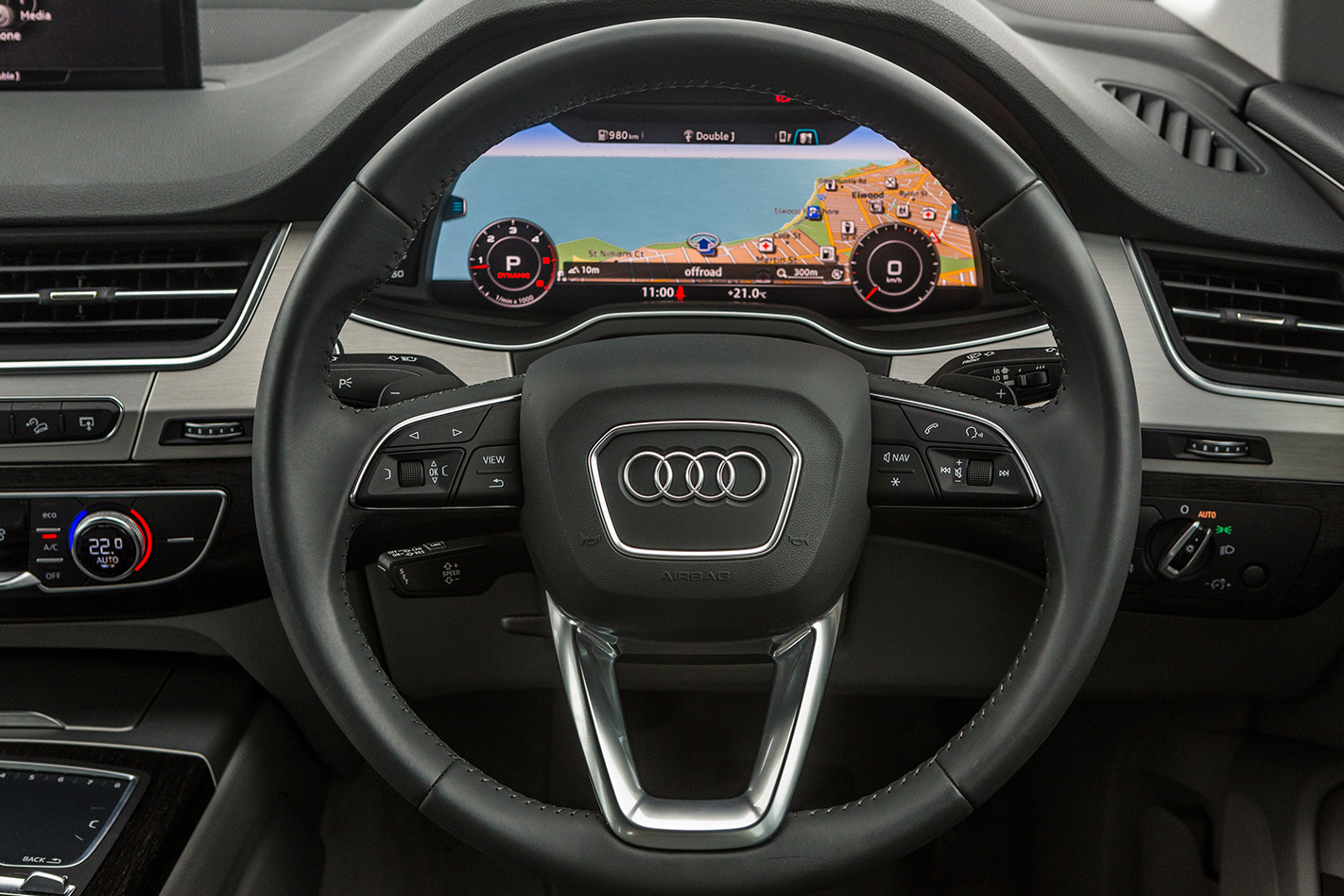
Of course, autonomous capability is a reality that most car makers are investing in heavily with the ultimate goal of building level-five self-driving vehicles that no longer need steering wheels and pedals. But there are various milestones in the interim.
The first level-three capability is starting to filter into production vehicles, which will require no driver input during certain freeway conditions, but as V2V and V2X communication advances, cars will start to platoon on freeways.
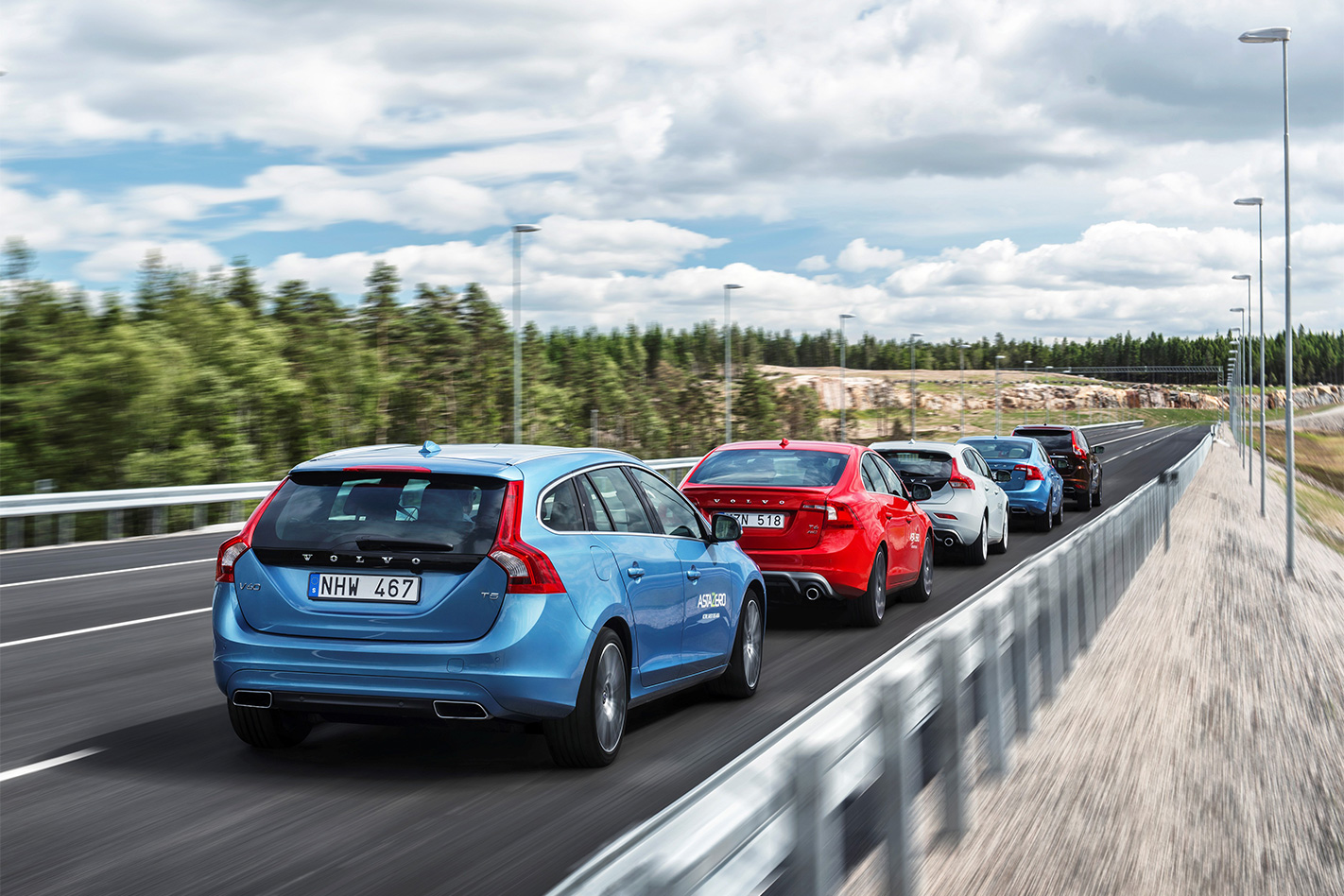
With cars bunched more tightly than when under human control, roads will be able to accommodate more vehicles, reducing traffic congestion. Platooning also has significant efficiency benefits, with only the lead vehicle being subjected to the full aerodynamic drag of freeway speeds, and cars behind it forming a conga line to ride safely in its slipstream.
Adiabatic engines
In time, electrified drivetrains will outnumber combustion power, but many manufacturers are still pumping serious amounts of cash into increasing the efficiency of petrol and diesel engines.
Advanced turbocharging, fuel injection, and variable valve and crankshaft rotation is continuing to allow cars to go further on less fuel, but waste heat is still the enemy of combustion power. Mazda however, says it will produce the world’s first engine that functions without any heat transfer.
If the Japanese car maker cracks the secret to adiabatic engines, almost all the energy contained within a drop of fuel will be converted into power. By current standards, the most frugal car engines are near 40 percent efficient, but if waste heat can be eliminated, Mazda’s engines could be more than 90 percent efficient.
Ground-breaking batteries
The latest electric vehicles such as Tesla’s Model S and Model X are allowing up to 500km of emissions-free motoring without having to recharge, but weight and slow recharging rates are limiting the appeal of electrified cars. In addition to fast charging infrastructure, battery materials are a critical limiting factor, but many car brands and independent technology companies are researching alternatives to the current favourite lithium-ion cell.
Graphene – a complex structure of carbon – is being used by tech company Graphenano to produce experimental batteries that offer the same range as lithium, but charge faster, can be discharged at a higher rate for increased motor performance and weigh less.
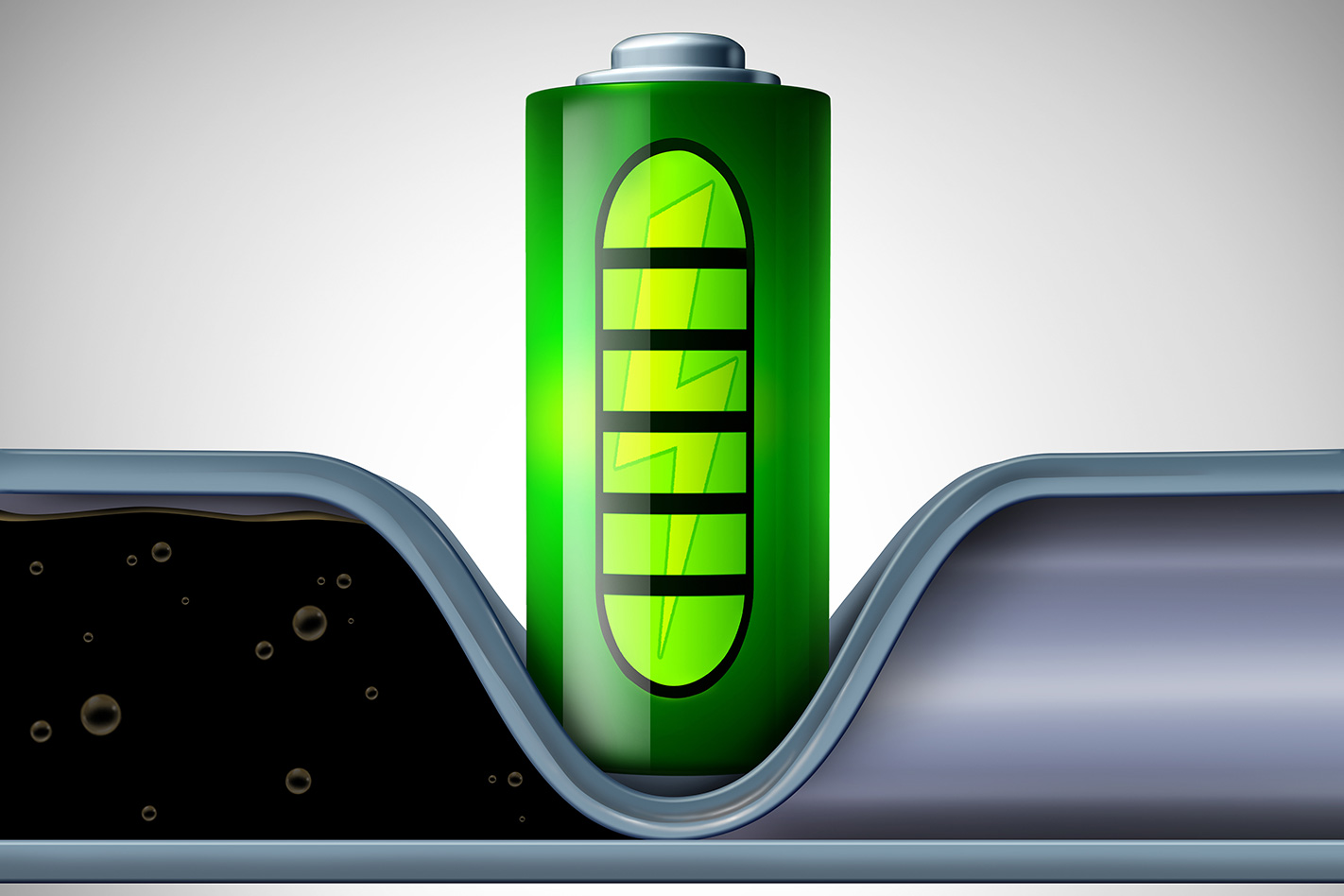
Sodium-ion batteries also offer a solution to the finite reserves of lithium present on earth. Batteries that use nano gold filaments, solid state magnesium tech, organic materials, and even, err, urine are amongst the many areas of battery research that you can expect to hear more about in the not too distant future.


